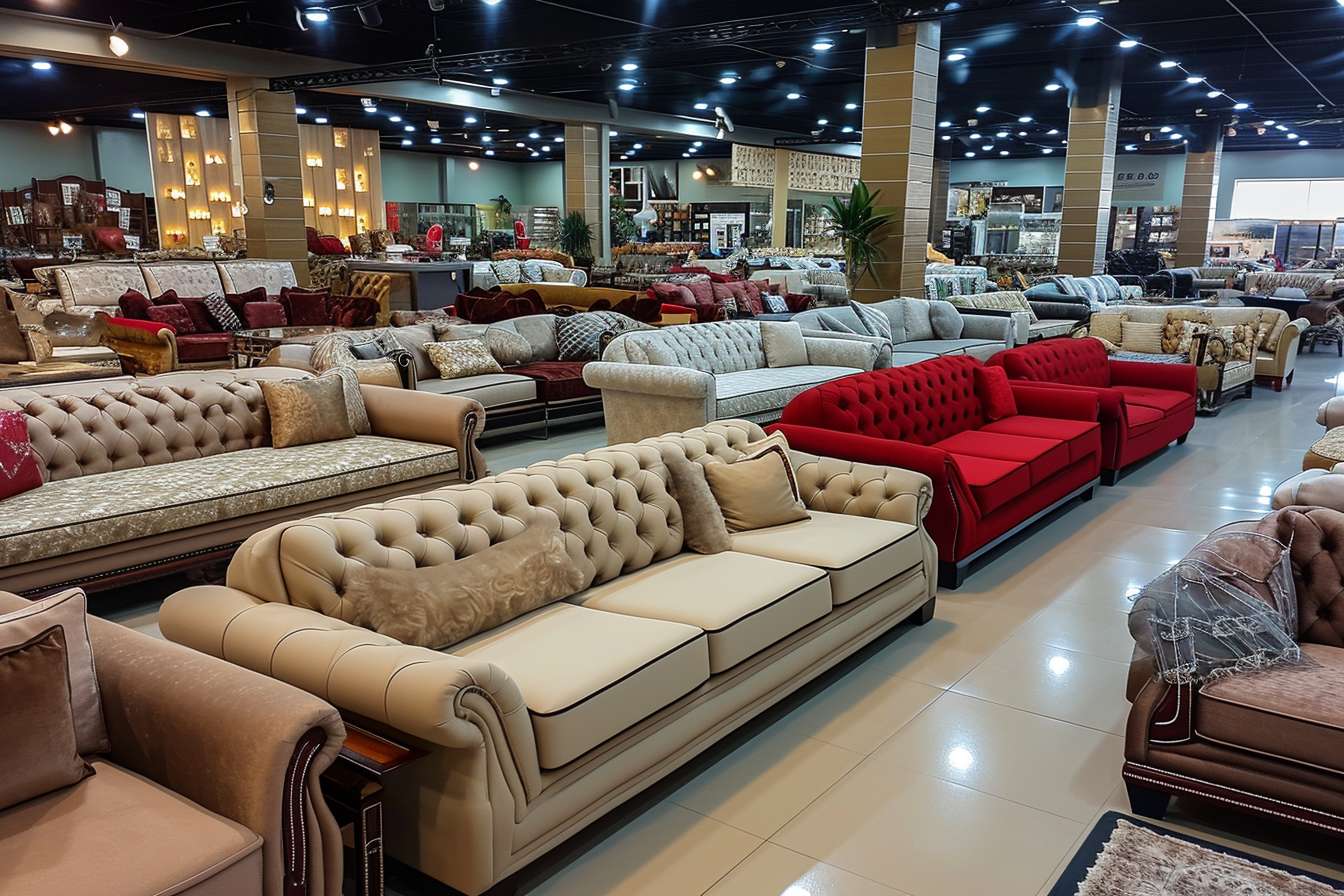Warehouse Sofa Sales: Why Prices Differ from Traditional Furniture Stores
When shopping for furniture, you've likely noticed significant price differences between warehouse sales and traditional furniture showrooms. These variations aren't random – they reflect fundamental differences in how these businesses operate, manage inventory, and serve customers. Understanding these distinctions can help you make more informed purchasing decisions and potentially save substantial money on your next sofa purchase.

How Lower Overhead Changes Warehouse Pricing
Warehouse sales operate with lower overhead, as items are stored directly and not displayed in large showrooms. Traditional furniture stores invest heavily in creating appealing displays, maintaining climate-controlled showrooms, and hiring sales staff to assist customers throughout the shopping experience. These operational costs are inevitably passed on to consumers through higher retail prices.
Warehouse operations minimize these expenses by focusing on storage efficiency rather than presentation. Items are typically stored in basic warehouse facilities where rent costs significantly less per square foot than prime retail locations. The reduced need for elaborate displays, extensive lighting, and showroom maintenance allows warehouse sellers to offer competitive pricing while maintaining profit margins.
Understanding Batch Sales and Overstock Models
Sofas are often sold in batches, including overstock or discontinued models, which reduces costs for both sellers and buyers. Manufacturers sometimes produce excess inventory or discontinue product lines, creating opportunities for warehouse sellers to purchase large quantities at discounted rates. This bulk purchasing power translates directly into consumer savings.
Discontinued models don’t necessarily indicate inferior quality – they simply represent style changes, updated fabric options, or manufacturing shifts. Smart shoppers can find high-quality sofas at substantial discounts by embracing these overstock opportunities. However, selection may be limited, and specific color or style preferences might not always be available.
Factors That Influence Warehouse Pricing
Pricing depends on factors such as storage fees, supply levels, and seasonal clearances. Storage costs accumulate over time, creating incentive for warehouse sellers to move inventory quickly rather than holding items indefinitely. This time-sensitive nature often results in progressive markdowns as items remain unsold.
Supply levels dramatically impact pricing strategies. When warehouses receive large shipments, initial prices might be higher, but as inventory levels decrease, aggressive pricing becomes more common. Seasonal patterns also play a role – many warehouses offer significant clearances during traditionally slow furniture sales periods, such as late winter or early fall.
Real-World Pricing Comparisons
Understanding the actual price differences between warehouse and traditional retail can help guide your purchasing decisions. The following comparison illustrates typical price ranges across different sales channels:
| Sofa Type | Traditional Retail | Warehouse Sales | Potential Savings |
|---|---|---|---|
| 3-Seat Fabric Sofa | $800-1,500 | $400-900 | 35-50% |
| Leather Sectional | $1,500-3,000 | $800-1,800 | 40-47% |
| Reclining Sofa | $1,200-2,500 | $600-1,400 | 44-50% |
| Designer Brand Sofa | $2,000-5,000 | $1,000-2,800 | 43-50% |
Prices, rates, or cost estimates mentioned in this article are based on the latest available information but may change over time. Independent research is advised before making financial decisions.
Quality Considerations in Warehouse Purchases
While warehouse sales offer attractive pricing, understanding quality variations becomes crucial. Some warehouse items represent genuine manufacturer overstock with identical construction to retail versions. Others might be specifically manufactured for warehouse distribution with simplified construction or materials to achieve lower price points.
Examining construction details, frame materials, and warranty terms helps distinguish between these categories. Solid wood frames, eight-way hand-tied springs, and comprehensive warranties typically indicate higher-quality construction regardless of sales channel. Conversely, particleboard frames, sinuous springs, or limited warranties might suggest cost-cutting measures.
Timing Your Warehouse Furniture Purchase
Strategic timing can maximize warehouse savings opportunities. End-of-season clearances, typically occurring in late summer and late winter, often provide the deepest discounts as warehouses prepare for new inventory arrivals. Holiday weekends frequently feature promotional pricing, though selection might be more limited during these popular shopping periods.
New warehouse locations often offer grand opening specials to build customer bases and move initial inventory quickly. Following local warehouse operations through email lists or social media can provide advance notice of special sales events and new arrival notifications.
Understanding warehouse sofa sales reveals why substantial price differences exist compared to traditional furniture stores. Lower operational overhead, batch purchasing advantages, and time-sensitive inventory management create opportunities for significant consumer savings. While warehouse shopping requires more flexibility regarding selection and timing, the potential cost benefits often justify these minor inconveniences for budget-conscious furniture shoppers. By understanding these market dynamics, you can make more strategic furniture purchasing decisions that align with both your budget and quality expectations.




